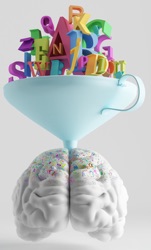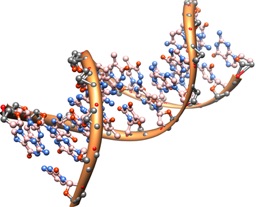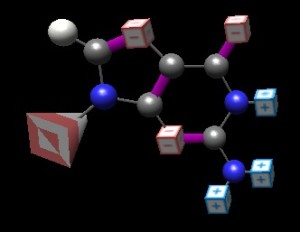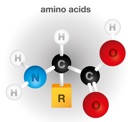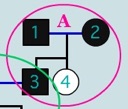
We use a several terms in IntroBio that all mean the same thing, but may mean little to students in the classroom–‘binding’, ‘specific interaction’, ‘interacts with’, ‘recognizes’. This is particularly dangerous with ‘recognizes’, because newcomers can envision a police line-up: targets appear and we visually choose one. Alternatively, we risk students imagining a somewhat mystical, or at least poorly-defined ‘way’ that molecules have that is beyond their ken. Nothing could be further from the truth; in some ways one of the easiest things to understand is why two molecules ‘stick to’ one another and overcome the force of Brownian motion, at least for a little while.
(Image source: http://imgur.com/PE07XGM)

